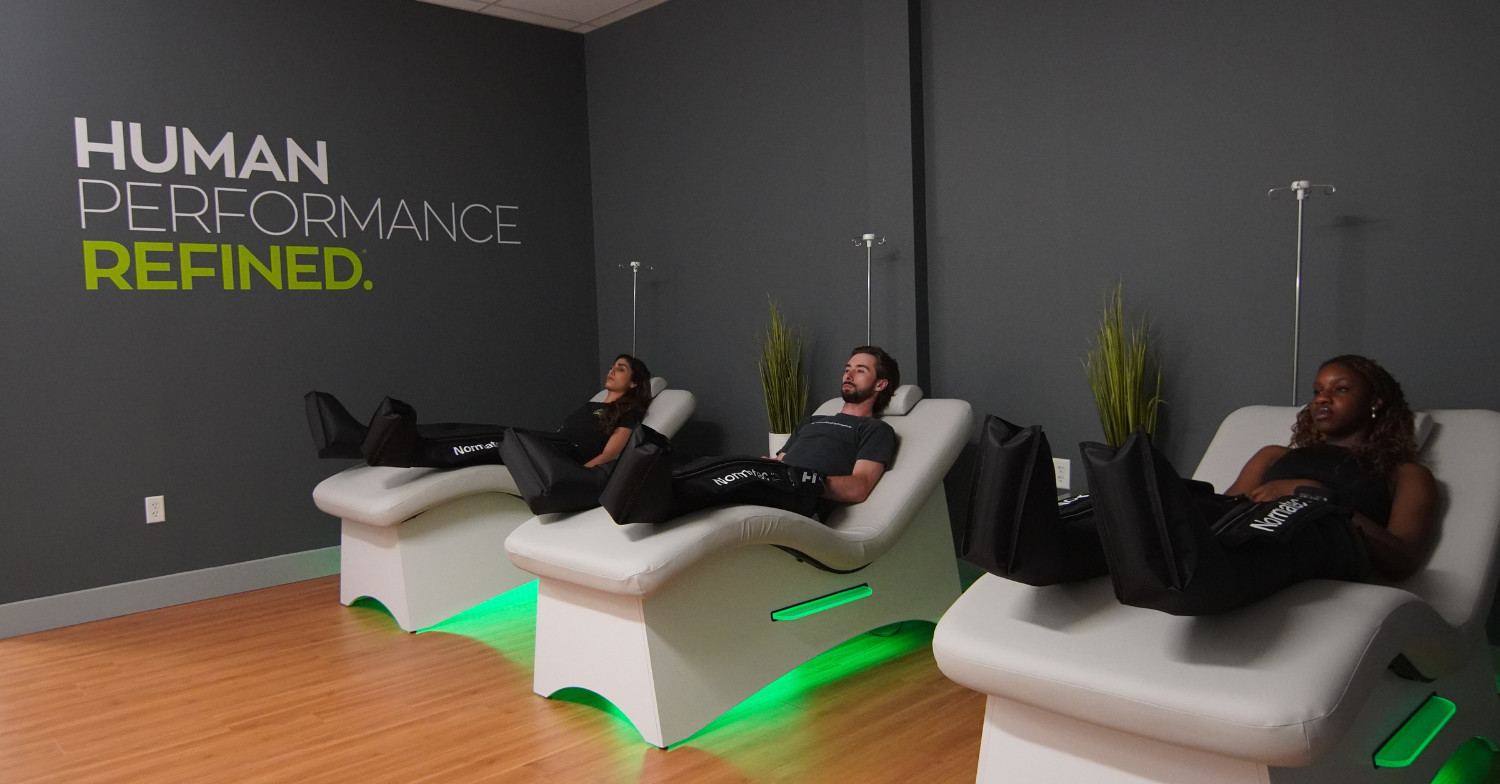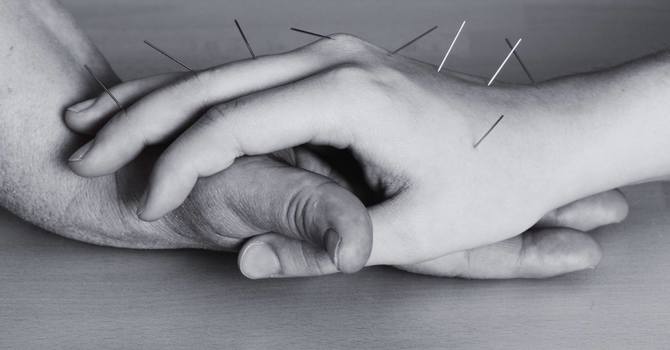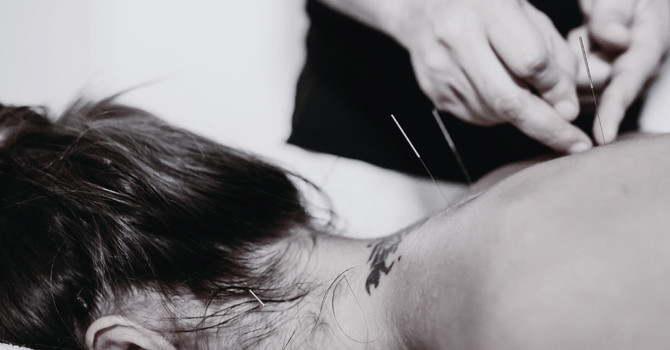
Pneumatic compression boots are innovative devices designed to promote circulation and aid in recovery. These boots apply intermittent pressure to the lower limbs, replicating the natural pumping action of the muscles. In this blog post, we will delve into the benefits of pneumatic compression boots, discuss contraindications, and provide insights into the overall experience of using these boots.
BENEFITS OF PNEUMATIC COMPRESSION BOOTS:
- Improved Circulation: The primary benefit of pneumatic compression boots is their ability to enhance blood flow in the lower limbs. By applying intermittent pressure, these boots assist in moving blood and lymphatic fluid from the legs back to the heart, reducing swelling and improving overall circulation.
- Accelerated Recovery: Pneumatic compression therapy has been shown to speed up recovery by reducing muscle soreness and fatigue. The increased circulation helps flush out metabolic waste products and deliver vital nutrients and oxygen to the muscles, aiding in their repair and rejuvenation.
- Enhanced Performance: Athletes and fitness enthusiasts can benefit from using pneumatic compression boots to enhance their performance. By improving circulation, these boots can help optimize muscle function, increase endurance, and reduce the risk of injury.
- Alleviation of Edema: Pneumatic compression boots are effective in reducing edema, which is the accumulation of fluid in the legs. By promoting fluid movement, these boots can alleviate swelling and provide relief for individuals with conditions such as lymphedema or chronic venous insufficiency.
APPLICATIONS OF PNEUMATIC COMPRESSION BOOTS:
Pneumatic compression boots have applications in various fields, from sports recovery to medical rehabilitation. Here are some areas where these boots are commonly utilized:
- Sports and Athletics: Professional and amateur athletes incorporate pneumatic compression boots into their recovery routines to facilitate muscle repair and reduce the risk of injury. The boots can also aid in post-workout recovery, preparing athletes for optimal performance.
- Rehabilitation and Physical Therapy: Pneumatic compression boots are often employed in rehabilitation settings to assist in recovery following orthopedic surgeries, fractures, or other injuries. The boots help enhance circulation and reduce swelling, promoting faster healing.
- Long Flights and Travel: Pneumatic compression boots are increasingly popular among frequent flyers and individuals who spend extended periods sitting during travel. The boots can help prevent swelling and discomfort associated with prolonged immobility.
- Occupational Use: Individuals with jobs that require prolonged standing or sitting can benefit from pneumatic compression boots. The boots help relieve fatigue, improve circulation, and reduce leg discomfort associated with long hours of work.
CONTRAINDICATIONS AND PRECAUTIONS:
While pneumatic compression boots are generally safe, there are certain contraindications and precautions to consider:
- Open Wounds or Infections: Avoid using pneumatic compression boots if you have open wounds, skin infections, or any other skin conditions in the area where the boots will be applied. This can prevent further irritation or complications.
- Deep Vein Thrombosis: Individuals with a history of deep vein thrombosis should consult with a healthcare professional before using pneumatic compression boots, as they may require a modified treatment plan.
- Pregnancy: Pregnant women should seek medical advice before using pneumatic compression boots, as the pressure application may need to be adjusted or avoided during certain stages of pregnancy.
THE EXPERIENCE OF USING PNEUMATIC COMPRESSION BOOTS:
Using pneumatic compression boots is a straightforward and comfortable process:
- Preparation: Ensure the boots are clean and free from obstructions. Put on the boots, making sure they fit properly and comfortably.
- Intensity Adjustment: Start with a lower pressure setting and gradually increase the intensity as you become accustomed to the sensation. Most devices offer adjustable pressure levels to suit individual preferences and needs.
- Relaxation: Sit or lie down comfortably while wearing the boots. The device will automatically inflate and deflate the chambers, creating a gentle squeezing sensation that moves from the feet toward the thighs.
- Duration: The recommended duration of each session varies, but it typically ranges from 15 to 30 minutes. Follow the manufacturer's instructions or consult a healthcare professional for the ideal duration for your specific needs.
- Regular Usage: To maximize the benefits, pneumatic compression boots should be used regularly as part of a well-rounded recovery or wellness routine. Consistency is key to achieving optimal results.
CONCLUSION:
Pneumatic compression boots offer a range of benefits, including improved circulation, accelerated recovery, enhanced performance, and relief from edema. While they are generally safe and well-tolerated, it is important to consider contraindications and follow precautions to ensure their optimal and safe use. By incorporating pneumatic compression boots into your routine, you can take proactive steps toward enhancing your overall wellness and recovery journey.




